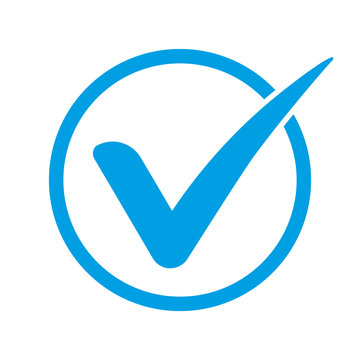The ingenious design feature of the moving pointers is that it kills two birds with one stone. One use case automatically serves a second use case. The first use case for the live movements of the cursors is confirmation that your team members are in the Miro whiteboard space.
The second use case is feedback. When I collaborate with others and I ask them, “Hey do you see this feature right here?” — The moment their cursor moves to the section in question, I’ve received the feedback that they do see the feature I am talking about before they respond. Implicit feedback, plus, this is the type of detail I pay attention to when using this product.
2. Marketplace Apps, API, & SDKI personally don’t use these features as most of my use cases are solo work. However, I feel like I can’t write about Miro without touching on the true capabilities of Miro’s marketplace.
I’ll briefly talk about these features.
Just as they had 100’s of templates to choose from, their moneymaker is in their marketplace app integrations that allow teams & companies to use other services they pay for within Miro and vice versa.
They have over 50 apps that integrate within Miro. To just name popular ones:
Slack, Google Suite, Microsoft Suite, Salesforce, Github, Notion (embed native option), Trello (embed native option), Hubspot, Evernote, and Zapier
Miro allows you to access these apps within your Miro Board so that in Real-Time you do not have to leave one application to access the other.
If you have a unique tech stack and don’t see something you like, you’ll most likely need to use their API or SDK that allows you to customize almost any application you want. It seems they have a GitHub page with open source examples. These are all enterprise features that probably cost a lot.
The Free VersionFor me, I’ve never paid Miro for their product (sorry Miro).
If you are a solo user like me (most of the time), you can get by without paying.
Here is what you get with the free version of Miro:
Unlimited Team MembersMaximum 3 BoardsNo controlled access (you can’t choose who has access to which Board, they get access to all Boards)All of the core integrations except the workflow apps such as Jira, Kanban, and Asana configurationsHowever, this is ABSOLUTELY enough to get the job done.
Here are a few growth hacking strategies I’ve learned over the years in order to get the most of my free Miro access:
Invite as many people as you want into your Board space.Each Board is an infinite space. If you need more than 3 Boards, start utilizing relative regions within one whiteboard space. Use frames to delineate the region. If you are a solo user, there is no reason not to use the infinite space to separate out your work.If you want to create custom templates that you’d want all your users to use (or scale), just make the template once and copy & paste the existing template into the new or existing Boards.On the Miro website, it says the Kanban plugin is for Team (paid) version, however, I have access to it with the free version…so use the Kanban if you want!If you pay for Jira, Trello, or other workflow management software, you won’t be able to use them integrated within the Miro board. However, you can create a template version. My advice would be to just use the template version in Miro.With limited commenting and collaboration features, instead, you can literally type your comments within the Miro space using color-coded rules that match a user’s name. A little hacky, but it works!A few features that cannot be worked around are the privacy settings and high-resolution exports.
I didn’t mention this earlier, but you can export high-resolution PDFs and image files from your Board. You can only do low-resolution in the free version.
Additionally, if you want to invite someone to collaborate on one Board, but DO NOT want them to see another board you have, tough luck. You are open for business. No way around this.
In my case, I trust the people I am inviting to my Boards, plus it’s not the biggest deal if they see what I am working on.
Of course, everyone’s case is different.
The real why I love using Miro is in their prioritization of design thinking.In my mind, this is how I foresee the design process occurring once their VP of Product decides to brainstorm on a feature for one of their products.
For example, I’ve laid out my assumptions of how things work in the design team at Miro (I have no clue but I’m just assuming based on my personal use cases). The following are questions that I feel get asked in this order to design the products they do.
Let’s use my personal favorite feature of Miro to walk through this process: Built-In Templates (visual below)
What is the purpose of the Built-In Templates? [The Why]What colors, elements, and artistic themes will we be using? [Visual design, UI]How can we make people use templates seamlessly and create an intuitive flow for users? [UX, Collaboration]What ways can we integrate these templates within other applications and services? [Integration]
Also published on Medium.
